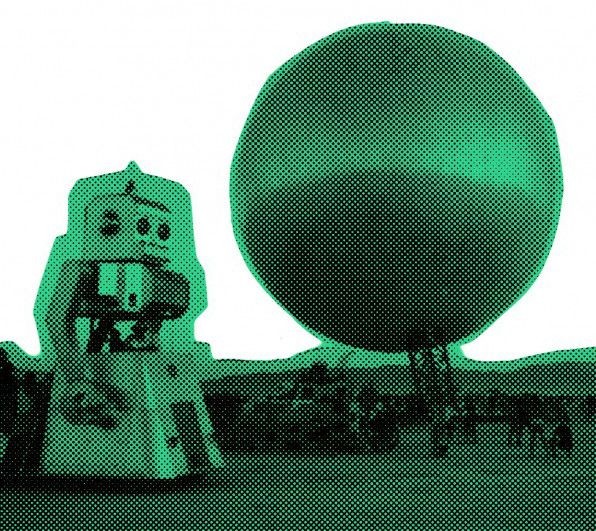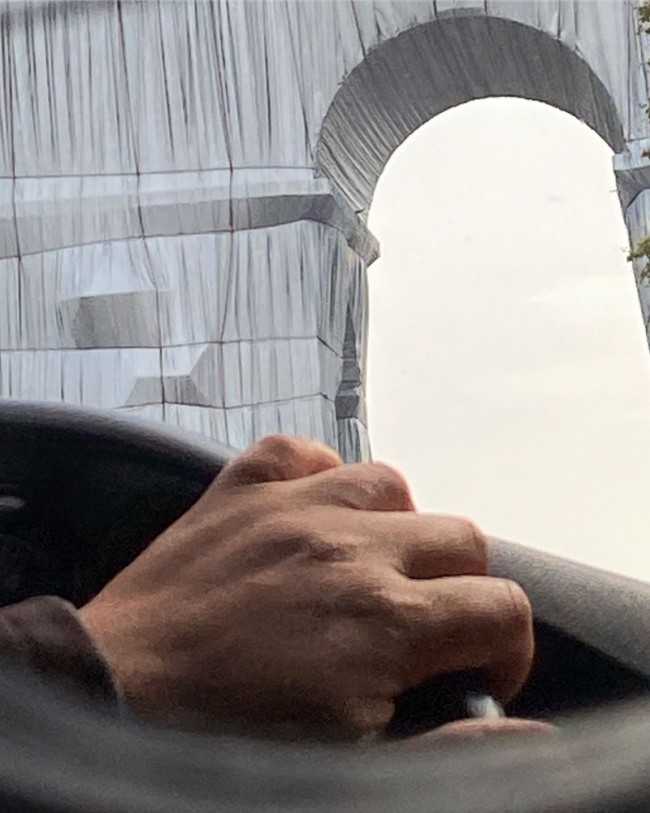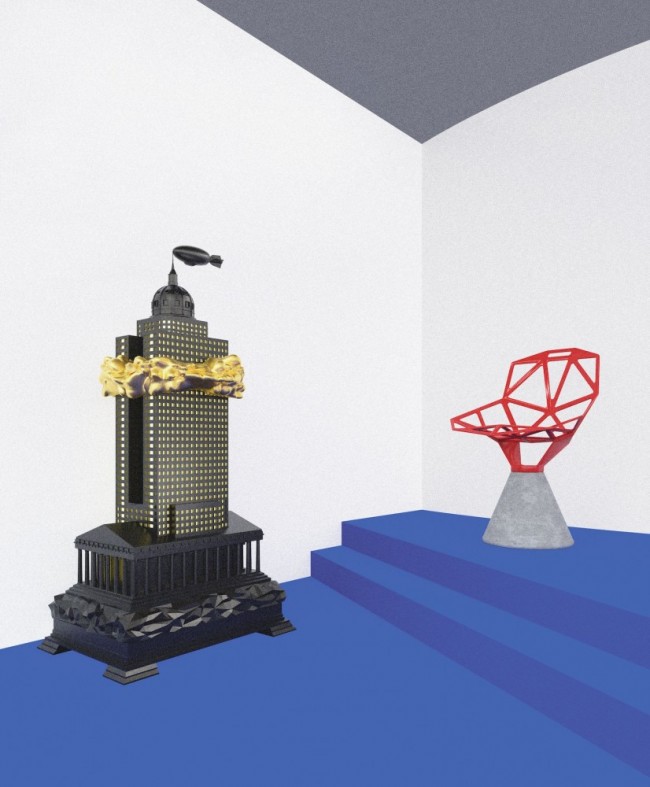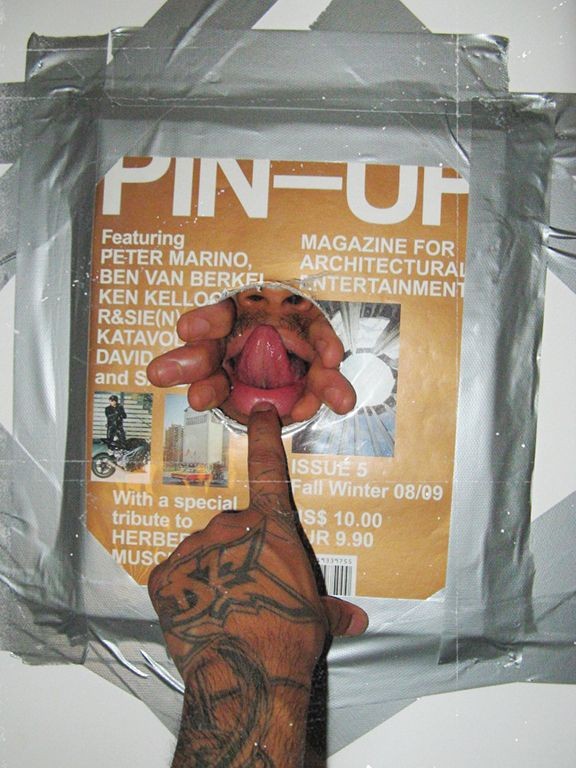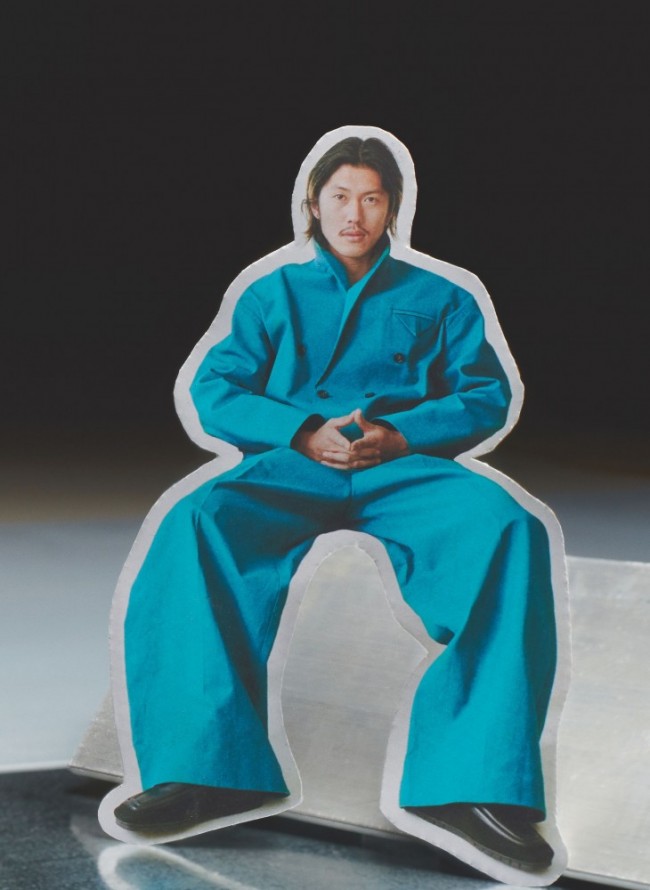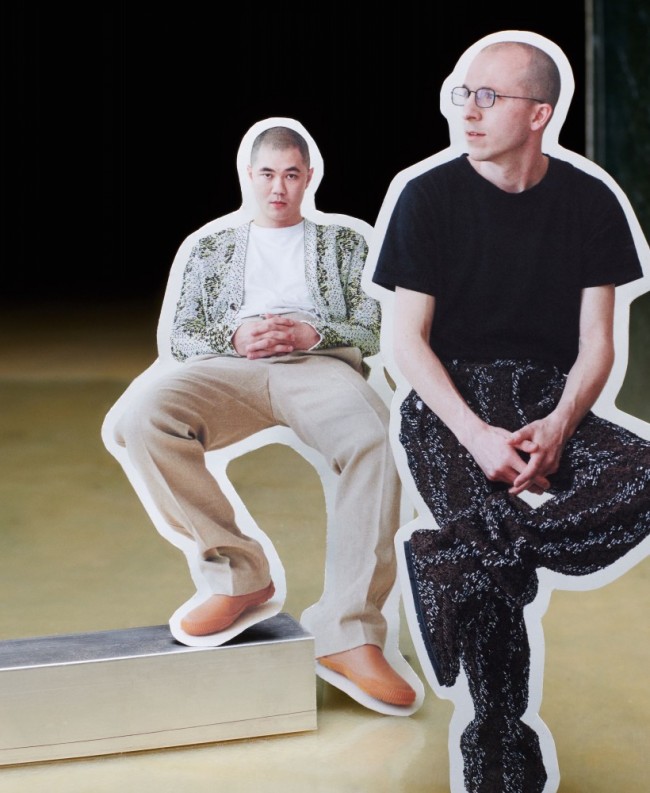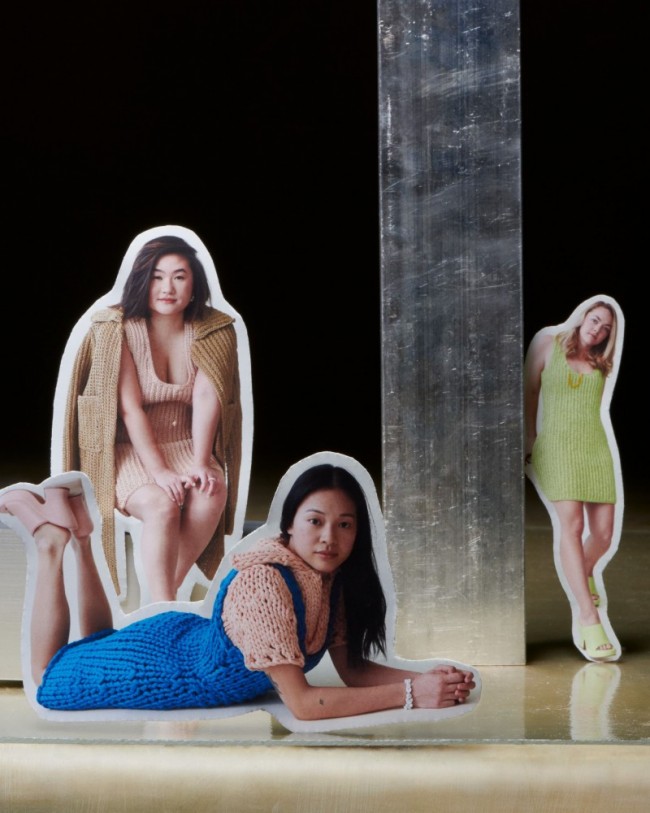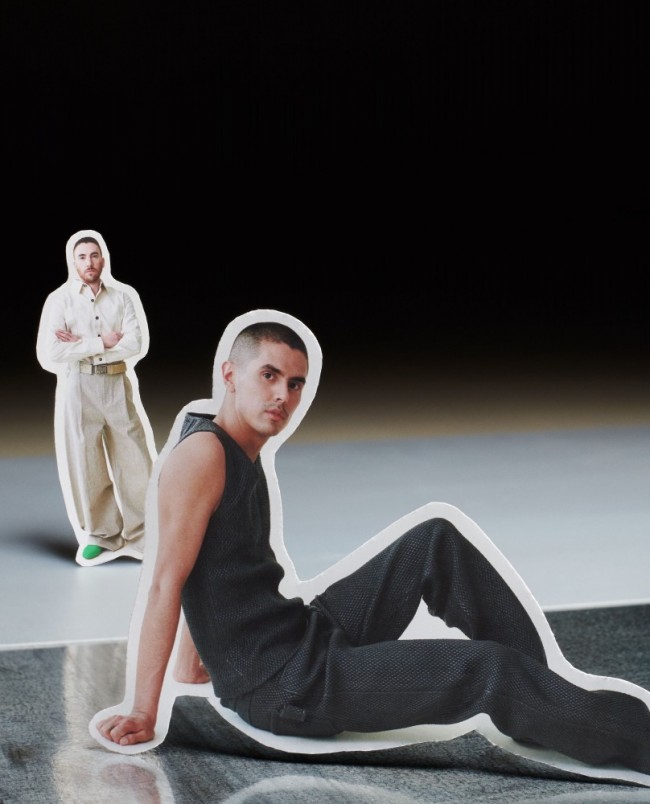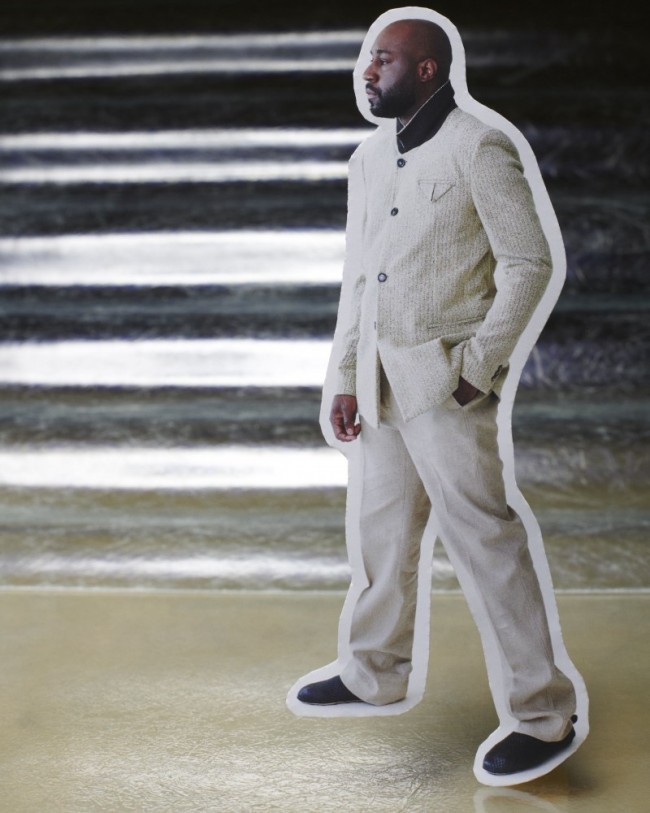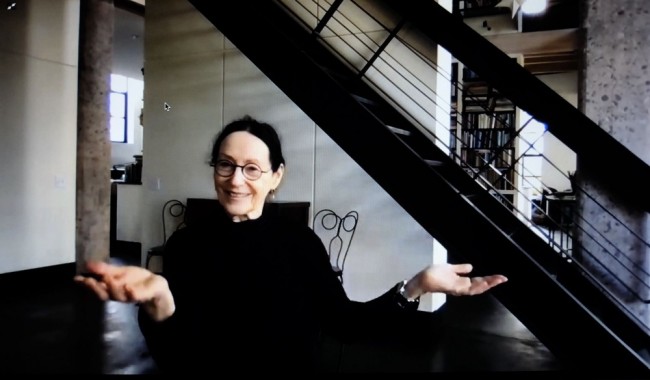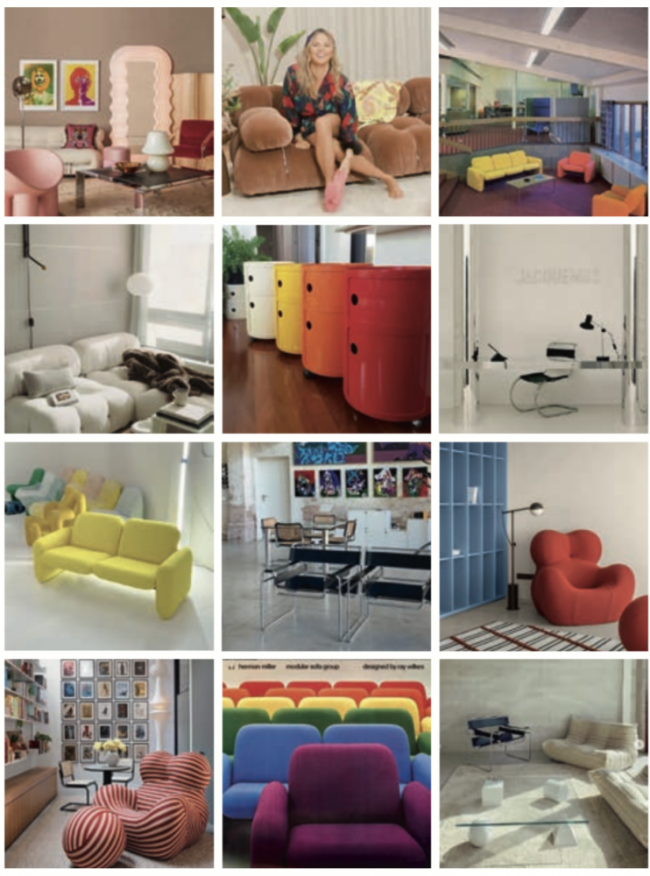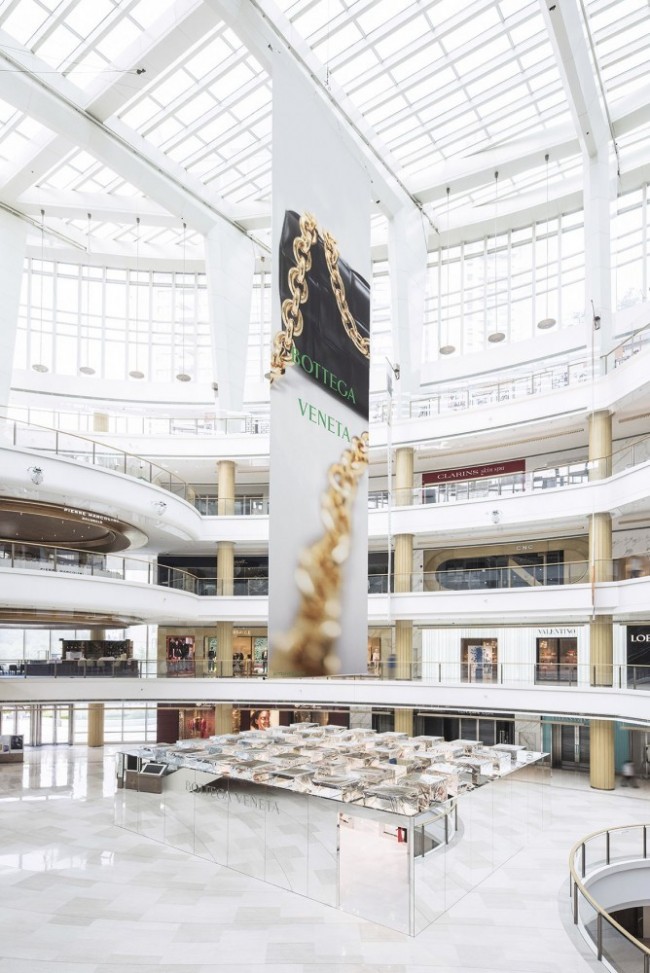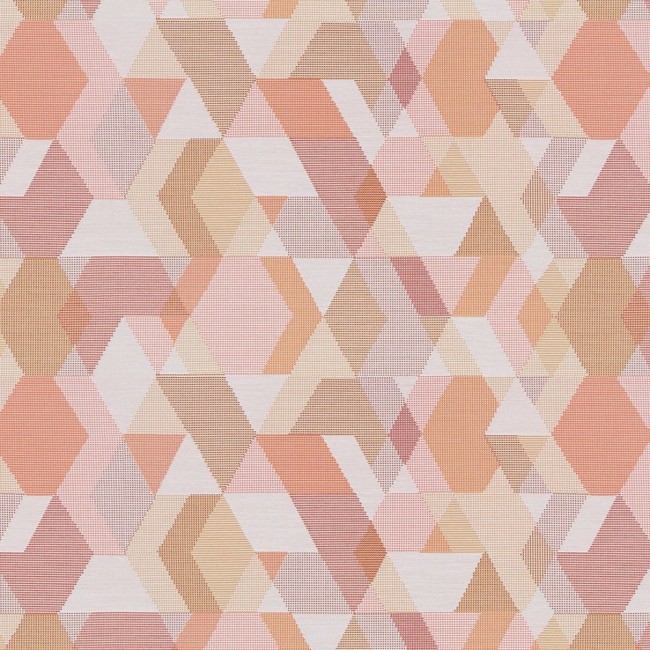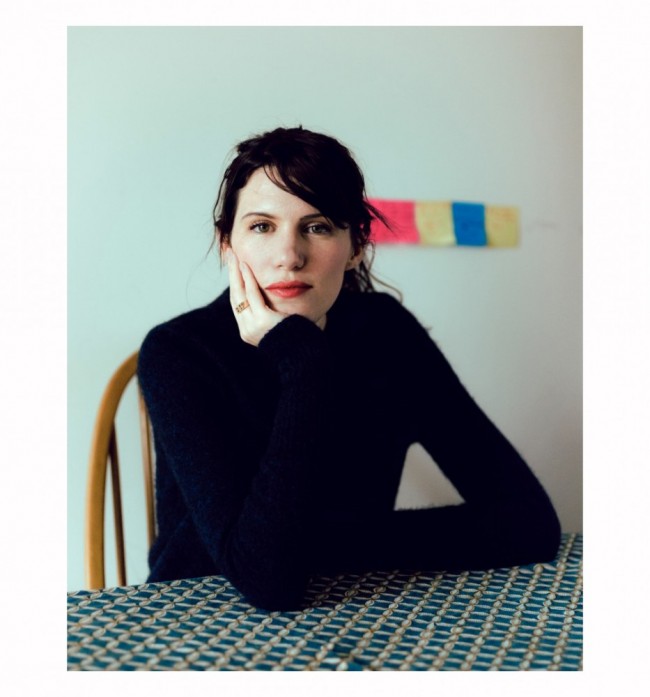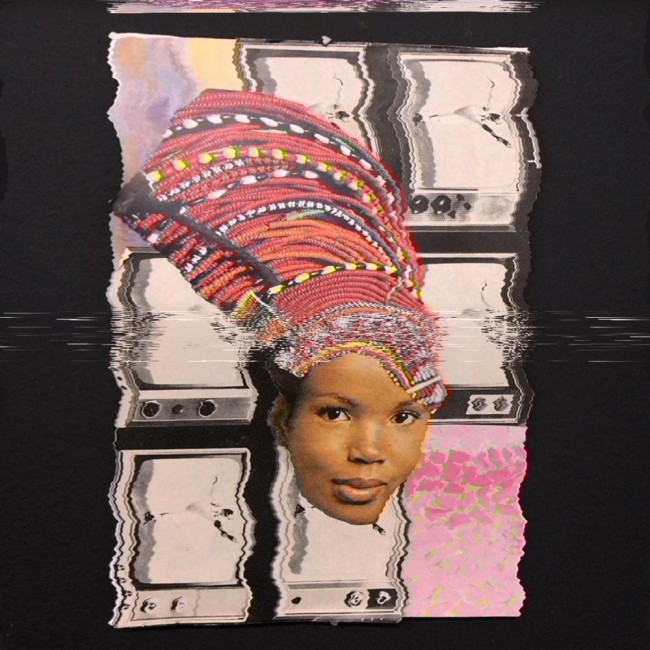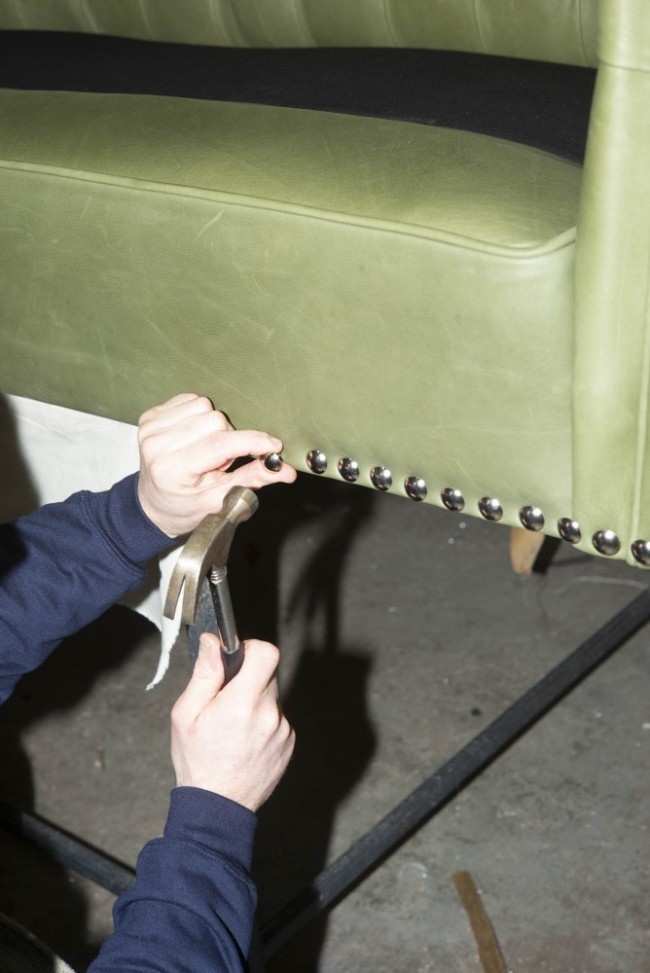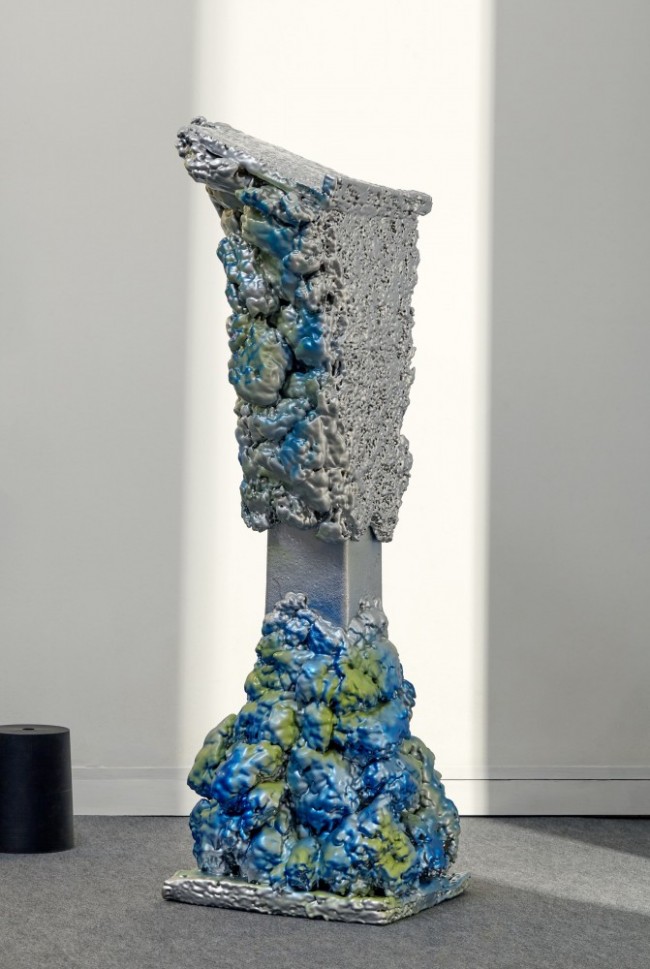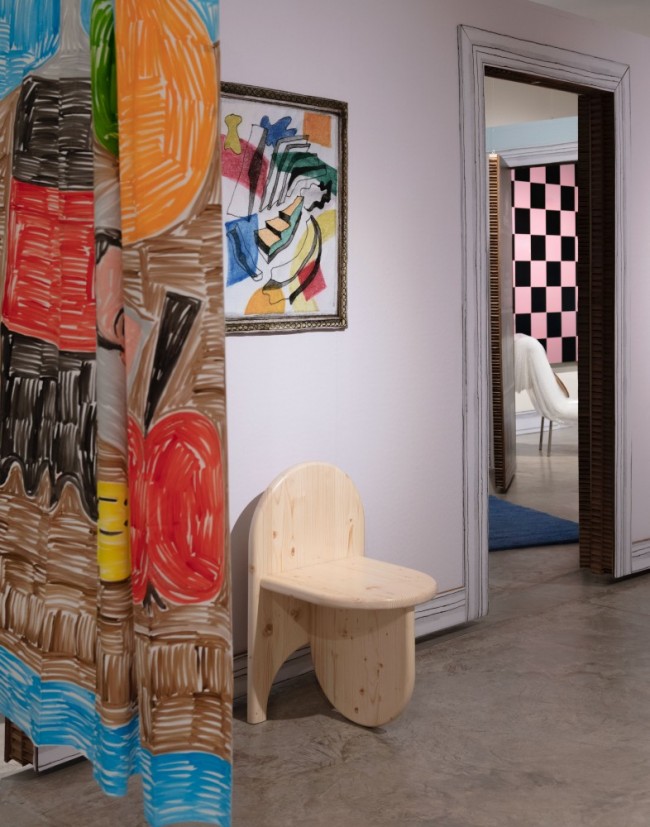NEW NEW YORK ARCHITECTS: Interview With Tei Carpenter Of Agency—Agency
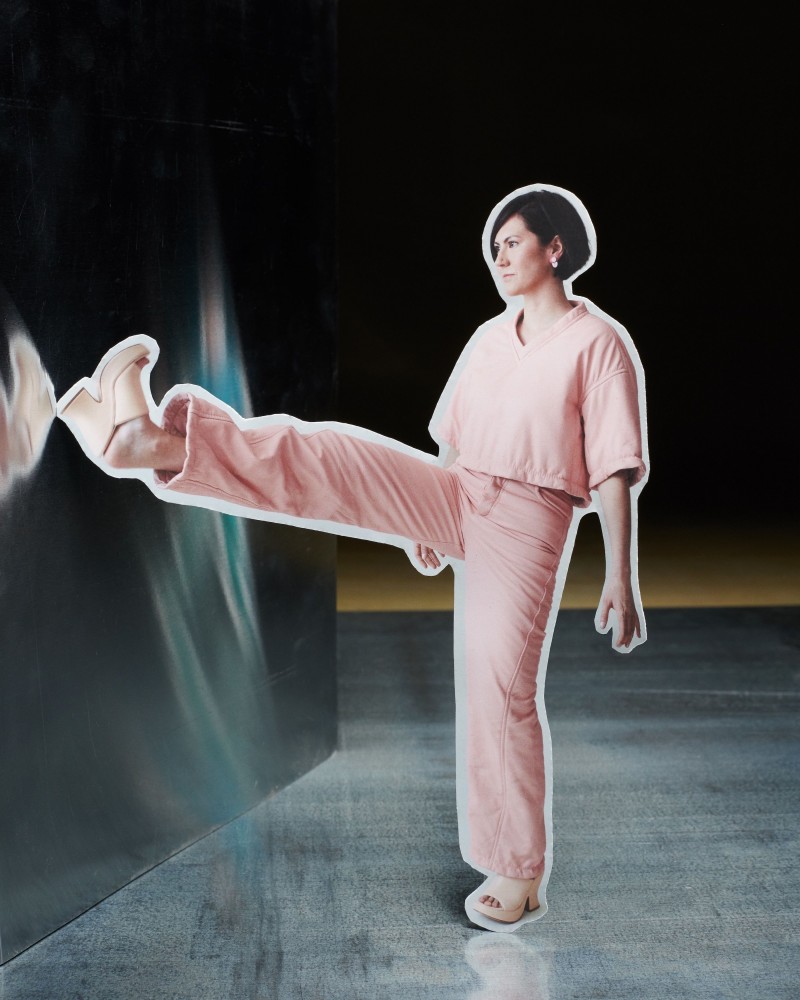
Tei Carpenter photographed by Tanya and Zhenya Posternak for PIN–UP Magazine.
Tei Carpenter founded her Brooklyn studio Agency–Agency in 2014, and since then her projects have ranged in scale and function. She created the headquarters for Big Brothers Big Sisters in Houston (2014–18), reinvented the fire hydrant as a public drinking fountain together with designer Chris Woebken (2018), and has made projects for exhibitions like the Venice Biennale, the Oslo Triennale, and the Storefront for Art and Architecture (find out more in PIN–UP 28). Carpenter’s work reimagines materials and publics, transforming the tossed out and the ignored into new sites that respond to their history.
ORIGINAL INTERVIEW PUBLISHED IN PIN–UP 30. GET YOUR COPY HERE
-

“New New York Architects” in PIN–UP 30, Spring Summer 2021.
-

“New New York Architects” in PIN–UP 30, Spring Summer 2021.
-

“New New York Architects” in PIN–UP 30, Spring Summer 2021.
-

“New New York Architects” in PIN–UP 30, Spring Summer 2021.
-

“New New York Architects” in PIN–UP 30, Spring Summer 2021.
PIN–UP: What or who are your biggest influences?
Agency—Agency: New York! I was born and grew up here. The city is ever changing and it’s a powerful influence, a force that I keep coming back to. New York represents many things to me in its energy, its mystery, its spontaneity, its sharp and fuzzy edges, its people, its exuberance. More recently, I’ve been thinking about the integration of the environment in my work and seasonal changes of time. One important influence is the Ise Jingu, which is an ancient Shinto shrine in Japan. Two of the buildings and the bridges leading to the complex are continually reconstructed every 20 years as part of a ritual. Through this renewal, the knowledge of craft and skills are passed down across generations, embodying an awareness of the passage of time and a notion of maintenance tied to the architecture.
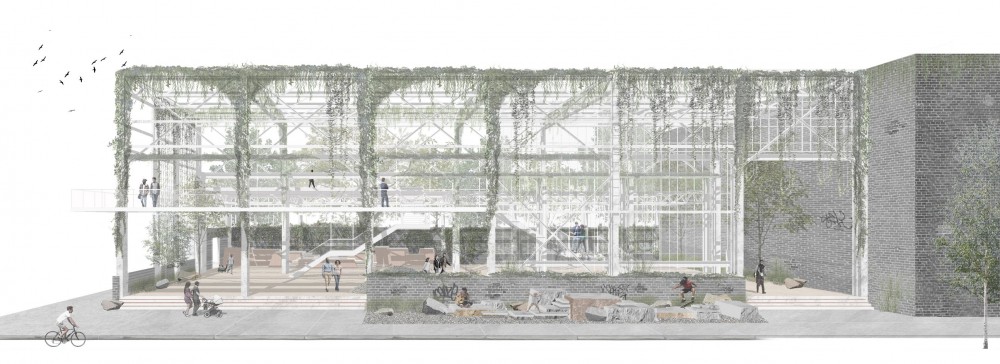
Hamilton Gears Reuse Park, Toronto, Canada, 2020. A project that transforms an industrial factory building into a semi-enclosed park with a focus on material reuse. Courtesy of Tei Carpenter / Agency—Agency.
Are you building on or rebelling against something with your practice?
Both. I’m building on rich histories that are part of the architecture and design fields, but at the same time, amidst the climate crisis and ongoing inequity and uncertainty, my work identifies deeper systemic protocols to shift not just what architects do, but also the processes by which we do it. We are rethinking resources, material life cycles, and approaches to working with existing elements and contexts.
Which project are you most proud of so far?
A recent project I’m excited about is an unsolicited proposal in Toronto that intervenes in an existing vacant industrial building to transform it into a park. By retaining the building structure and strategically subtracting roof and wall elements, parts of the project are designed to be intentionally demolished and recycled while any new elements are reclaimed regionally from existing sites. It offers a new life to the building and to materials that would otherwise be considered waste. Inspired by the Japanese ceramic technique of kintsugi, the project aims to elevate reuse and repair as an art, highlighting the history of objects and materials rather than hiding it or prioritizing the new.
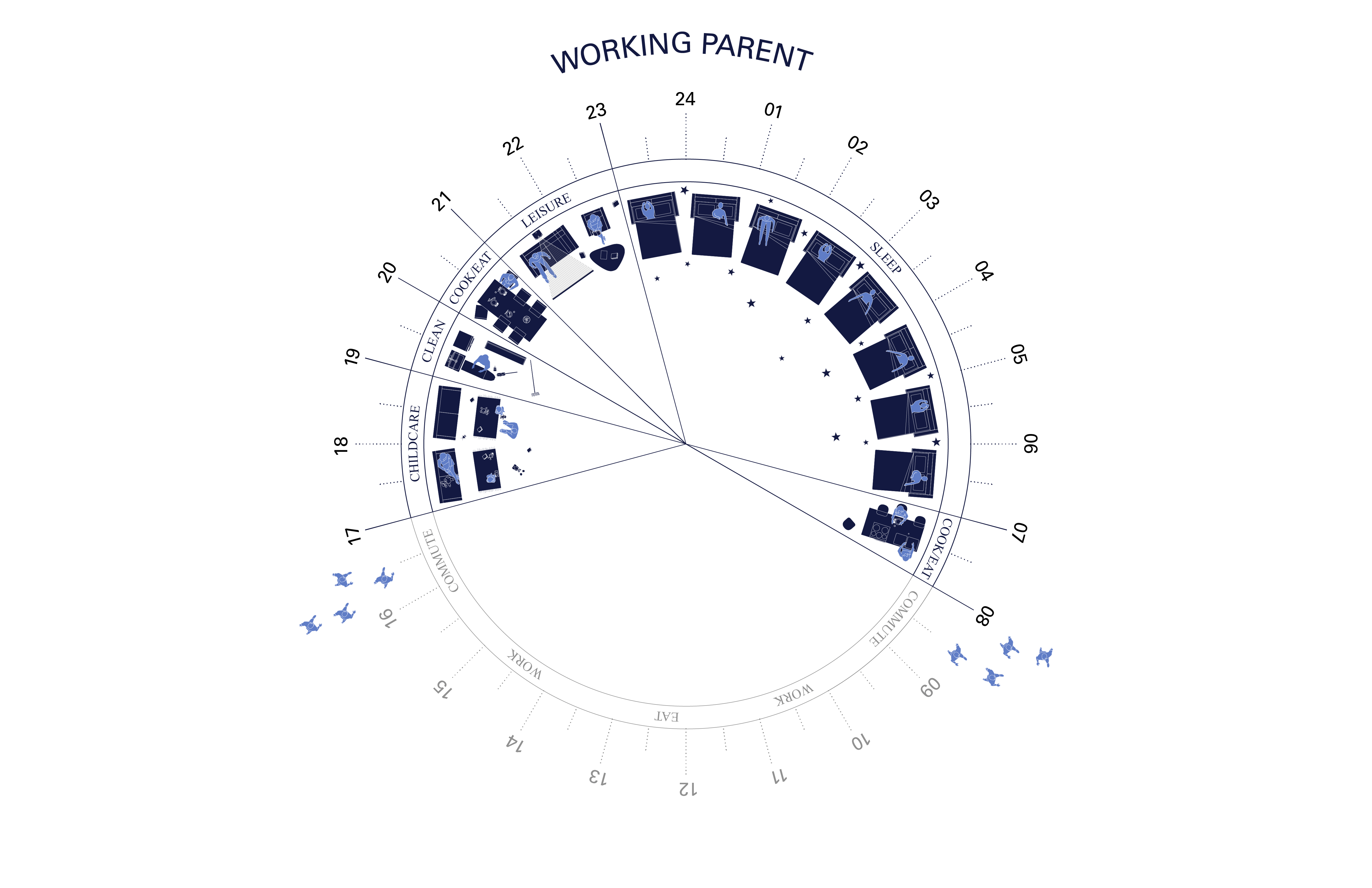
Working Parent, 2020. The Spatial Clocks series offers one potential breakdown of domestic space usage pre-pandemic and during the pandemic, here shown for a working parent. Courtesy of Tei Carpenter / Agency—Agency.
What’s your dream new New York project?
A new kind of school or learning environment for children. I’ve recently been looking into the histories of forest and open-air schools — essentially schools without walls — which originally arose to combat tuberculosis. With COVID there is clearly a need to rethink school typologies as they relate to the environment and indoors/outdoors. More broadly, there is an opportunity to tie in a pedagogy related to the environment and learning outdoors that could be translated into a design solution that initiates a sense of wonder and discovery in children.
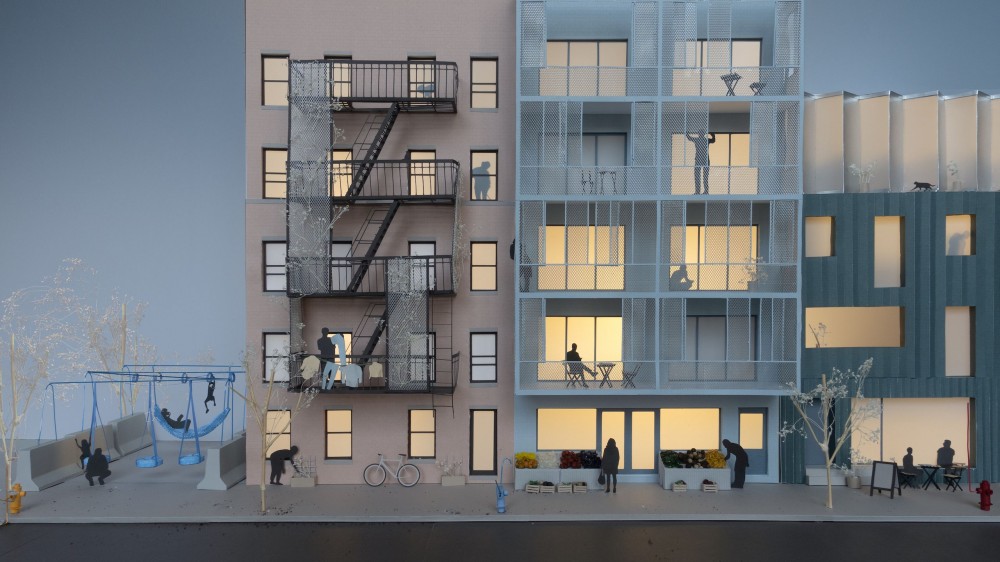
Street Remodel at Twilight, 2021. A model that brings together seven of Tei Carpenter / Agency—Agency’s projects into one street scene. Courtesy of Tei Carpenter / Agency—Agency.
What legacy are you hoping to build?
It’s important to remember that, with their tools and skillsets, architects have the power to design and envision possible tomorrows, to create and demand different futures. I hope my work can highlight the transformative potentials of architecture, that it can contribute to everyday ways we understand architecture and context, and ultimately enrich a collective civic experience.
Interview by Drew Zeiba
Portrait by Tanya and Zhenya Posternak for PIN–UP
Creative Direction and Design by OBG
Styling by Akari Endo Gaut
Set Design by Julia Wagner
Makeup by Meredith Menchel
Production and post-production by VS+Company
Styling Assistance by Pascal Mihranian
All clothing Bottega Veneta

